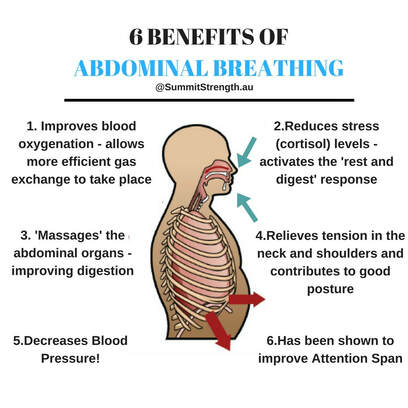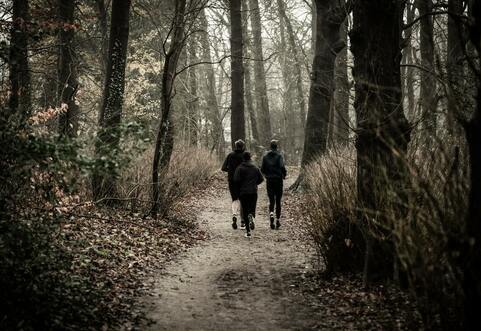|
Used by yogis for centuries, abdominal breathing is an incredibly useful tool for Altitude Trekking. Not only can it help improve your performance on the mountain, but it can reduce stress and increase comfort while trekking. It is a skill that all trekkers should learn, practice and master.
|
AuthorRowan is a personal trainer who specialises in training for hiking, trekkers and mountaineers for their bucket list adventures. Archives
July 2024
Categories
All
|
AboutSummit Strength is a personal training for hiking service created specifically to help hikers have the best chance of a safe, enjoyable and successful adventure.
|
Company |
Services |
|
|
© COPYRIGHT 2018. ALL RIGHTS RESERVED.
|
Website Design by My Personal Trainer Website
|




 RSS Feed
RSS Feed
